Any experienced angler will tell that their experiences run much deeper than catching, or not catching fish. They’re out there for different reasons and some of those reasons are harder to pin down than others. They can really only be known by the angler. It may be positive or negative, but either way, time spent on the water is a great way of working these things out, moving forward. Author John Gierach puts it simply:
"The solution to any problem—work, love, money, whatever—is to go fishing, and the worse the problem, the longer the trip should be."
Angler and outdoorsman Austin Rappuhn knows this better than anyone. Despite a tragic accident in 2018 that left him paralyzed from the chest down, he’s still finding time on the water—maybe not in spite of his limited mobility, but because of it. In fact, since his accident, he’s started a YouTube Channel dedicated to fly-tying to help show what is possible for people in his same situation.


That doesn’t mean it’s easy. It’s not, but Austin doesn’t seem like the kind of person to shy away from difficult situations, either. In our conversation, we talked about his background in fly fishing, how he learned to tie flies with limited hand movement, and how his perspective in the outdoors has changed. Here’s Austin.
__
Moonshine: When did you start fishing?
I started hunting and fishing with my dad when I was five, in Idaho. Since then I’ve always gone fishing with my dad and my family. Then, when we moved back to Alabama, we started hunting again with my dad, too.
I started fly fishing in Alabama. I had seen it on TV and I wanted to get into it, so I bought a rod and some basic flies. I started fly fishing in saltwater. Once I moved to California, where I had access to rivers and streams, I started buying different rods, dry flies, nets, all of that. And I got really big into it there. And then when we moved back to Alabama, I didn't have the money at the time for a saltwater rod. So I kind of got out of it.
Then, in 2018, I was hurt in a hunting accident and I'm now paralyzed from the chest down. After I got hurt, I realized It's easier for me to fly fish, to cast the fly rod, than it is to cast a spinning rod with an open bale. So I bought a saltwater rod and got back into fly fishing.
What do you like to fish for?
I go for a variety of species. The most common would be redfish and trout. And then you have skipjack or ladyfish. Every now and then we’ll get a run of bluefish or bonita. A lot of what I do is on the bank. I fly fish for bass, as well. With saltwater, for me anyway, accessibility is my biggest problem. If I had a boat where I could get out more, I'd do a lot better. It’s hard fishing from the bank all of the time.
If you don’t mind us asking, what happened in 2018?
Sure, I don’t mind. It was the opening morning of the 2018/2019 deer season and I had just got the tree I picked out for my tree stand. I got to about six feet up and something happened to the stand where I fell backwards. I ended up smacking my forehead instead of just falling out of it, so I broke my neck at the C6 and C7 vertebrae.
Do you remember much from that day?
I remember everything. It was a clamp-style tree stand. I sat on the back of the stand to bite it into the tree and I heard a pop and then I was falling backward. The next thing I knew, I was on the ground and I couldn't move. I tried standing up and rolling myself over because my face was down in the mud. I couldn't do anything. My dad was hunting about a hundred yards away from me, so I just started yelling for him, and he comes running over and called search and rescue to come out and pull me out.
I was in the hospital for three months, and then I was in rehab for a month. So four months altogether, and didn’t get much mobility back. I can move my middle finger and my ring finger. I can move it up and down a little bit, but I don't have any of that grip.
When did fly tying come into the picture?
I had thought about it before the accident, but I never had the money for material or the vice and the tools. So after my accident, I had a lot of time on my hands and figured I could pick it up. It's also something that I do for exercise for my hands as a form of therapy. I was going to outpatient rehab for over a year, where I was just working on my hands. But, I got into fly tying as my own therapy instead of having to drive into town twice a week. I could spend my time at the vice and get more exercise in my hands than I did when I was at therapy.

What was your process for learning to tie with limited mobility?
At first, it was really frustrating because I didn't really know how to hold my tools yet with my hands or hold the different materials. The first few flies I tied didn't work very good. I just kept working at it at home, trying to find my own ways to hold the tools and to get the bobbin on, holding the material. I had to go through and find my own way of doing it, but in the beginning, it was really frustrating. I feel like my hands have gotten a little stronger since I've started tying. I can grip a water bottle a little bit better and I can hold stuff for a little bit longer. Same with tying flies. I can do it longer than I could when I first started.
If I’m tying one of my crab patterns, I’ll start by getting the feathers lined up and get the EP fiber cut. I can't use scissors with one hand, so I have to lay material out, or it's propped up on something and I use the scissors with two hands. And it’s the same with the bobbin. I can get my string started with one hand, then I have to grab the bobbin with two hands to work a thread down and do the same with tying the EP fiber. I can hold it with one hand or I could do an X-wrap, but then to bite down on it, I have to hold the bobbin in two hands, where I can pull that direct pressure and I can really bite down on the material.
What are some of your favorite patterns to tie up?
I really like tying any pattern. I have a glow shrimp, that's my own pattern I came up with. It'll glow in the dark and it does a slow sink. When you strip the line it pops up like a shrimp. And then I have a popping shrimp, a crab pattern, baitfish patterns. I really like tying them all. You got so many people tying flies nowadays, but you can always tweak the pattern and get ideas from other patterns. I have a bluegill streamer that I tie for bass and a baby bass pattern where I changed the material around to make it look like bluegill. I’ve sold some of those and people really like them.
Do you sell them online?
I’ve sold quite a few on Instagram and I have an Etsy page as well. I’ve sold flies to people in Georgia, New York, California, and Arizona.
So, what’s on the horizon for your fly fishing and fly tying?
When I was first thinking about tying flies there weren’t any YouTube videos with people with disabilities tying flies or fly fishing. So I started it to show people how I manage to do this stuff. Really, you just have to get out and try it. You have to find a way that you can hold the rod and there's no shame in asking for help. I can't tie my flies on my line. I can't tie leaders or any of that, and there's no shame in asking for help. You have to figure out what works for you, and that’s what I want to show people. I would like to continue with my YouTube channel. Try to get more subscribers, better equipment to film with, and get a GoPro to start filming fishing trips.
I've always loved hunting and fishing. Just trying to get out there is my biggest obstacle now, but it’s always been something that has meant a lot to me, so I won’t let this slow me down.

__
A huge thanks to Austin for giving us his time for this interview. As someone who loves the outdoors, access is currently his biggest issue, and there’s currently a GoFundMe Campaign to help raise money for Trackchair, which will greatly open up his outdoor opportunities. To donate to the campaign, click here. And, to check out some of Austin’s fly-tying videos on his growing YouTube Channel, click here.


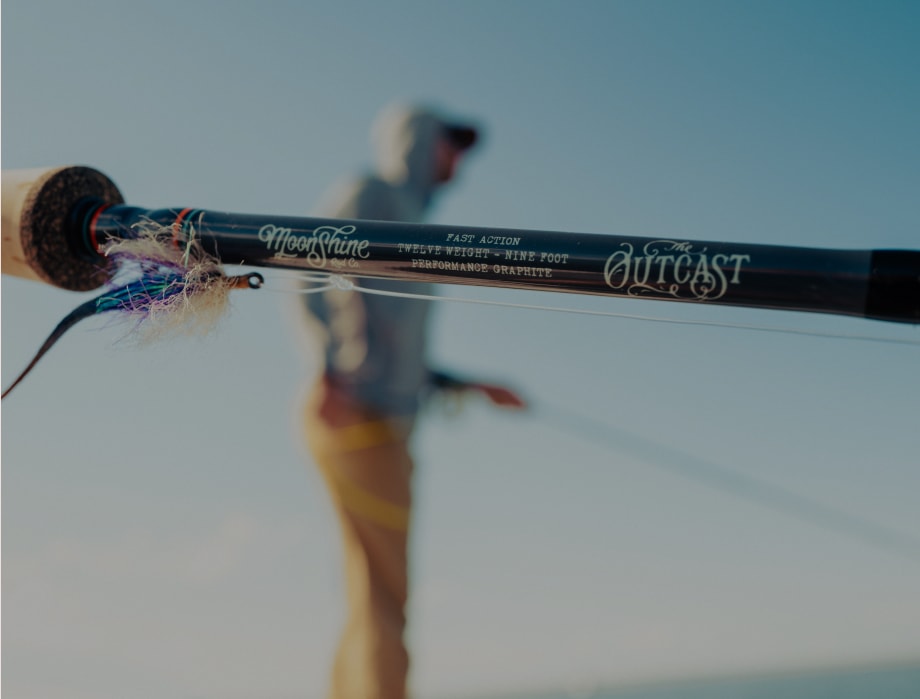
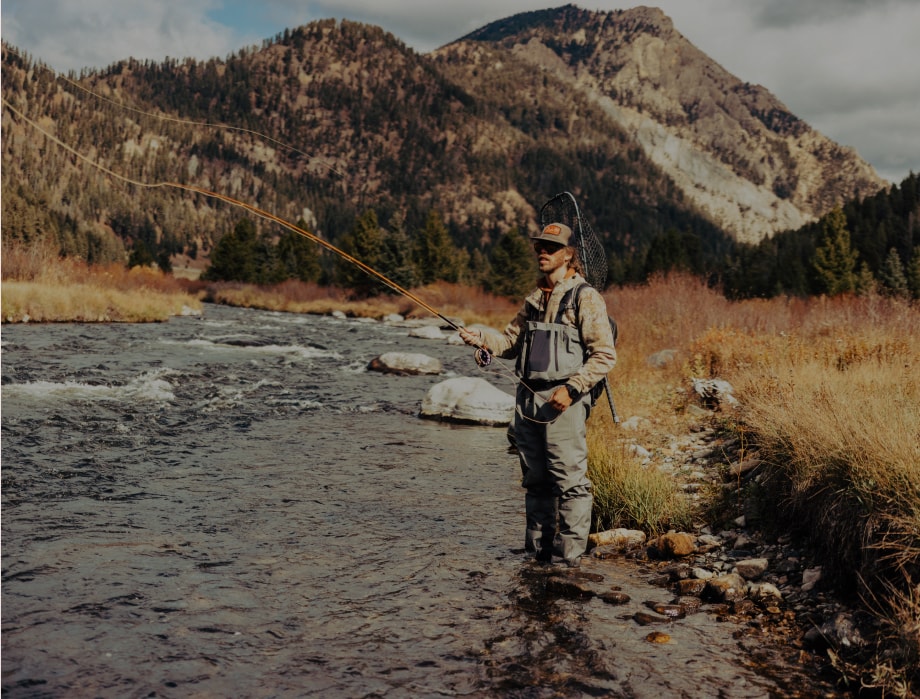
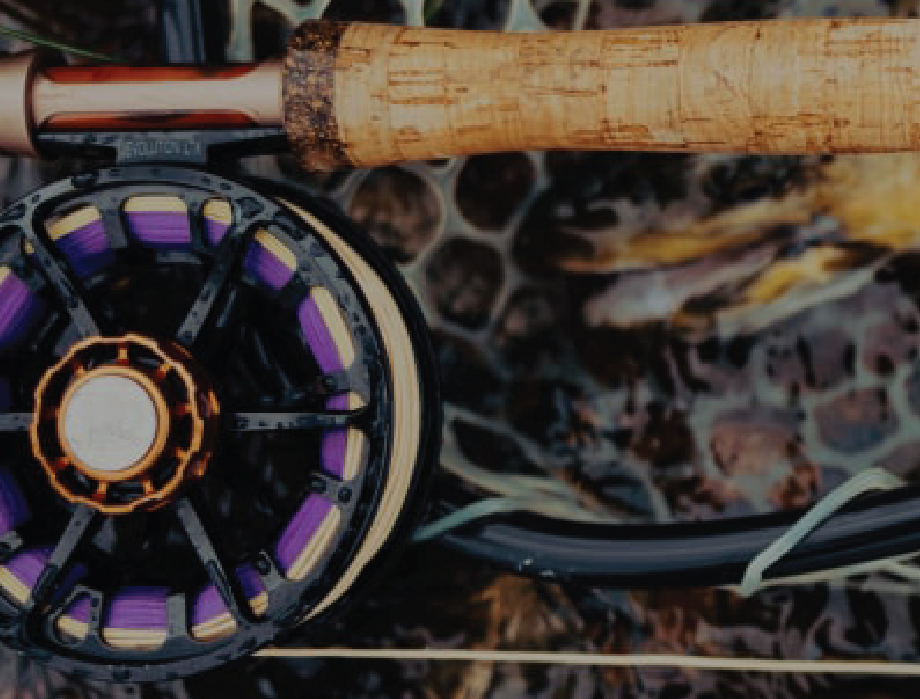


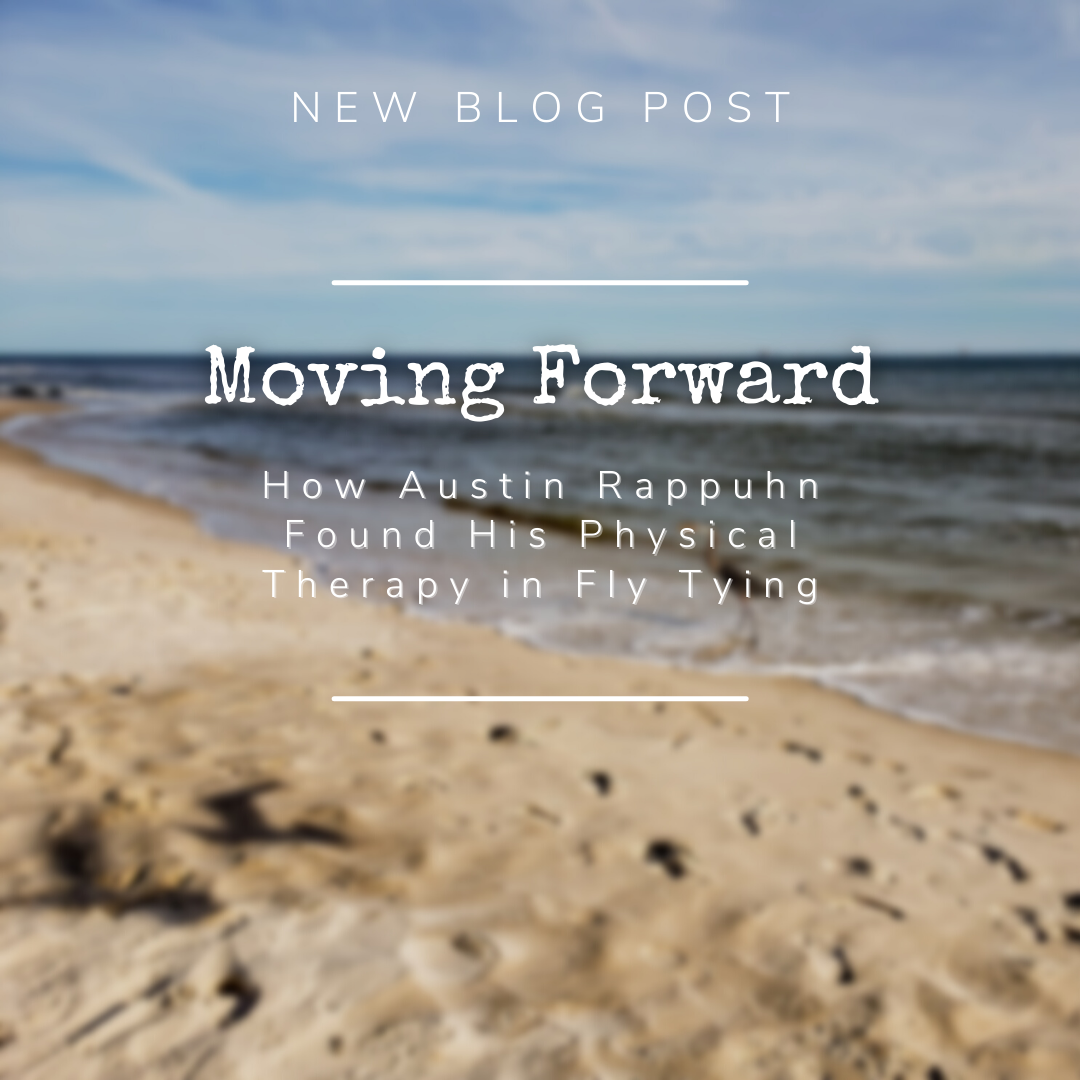
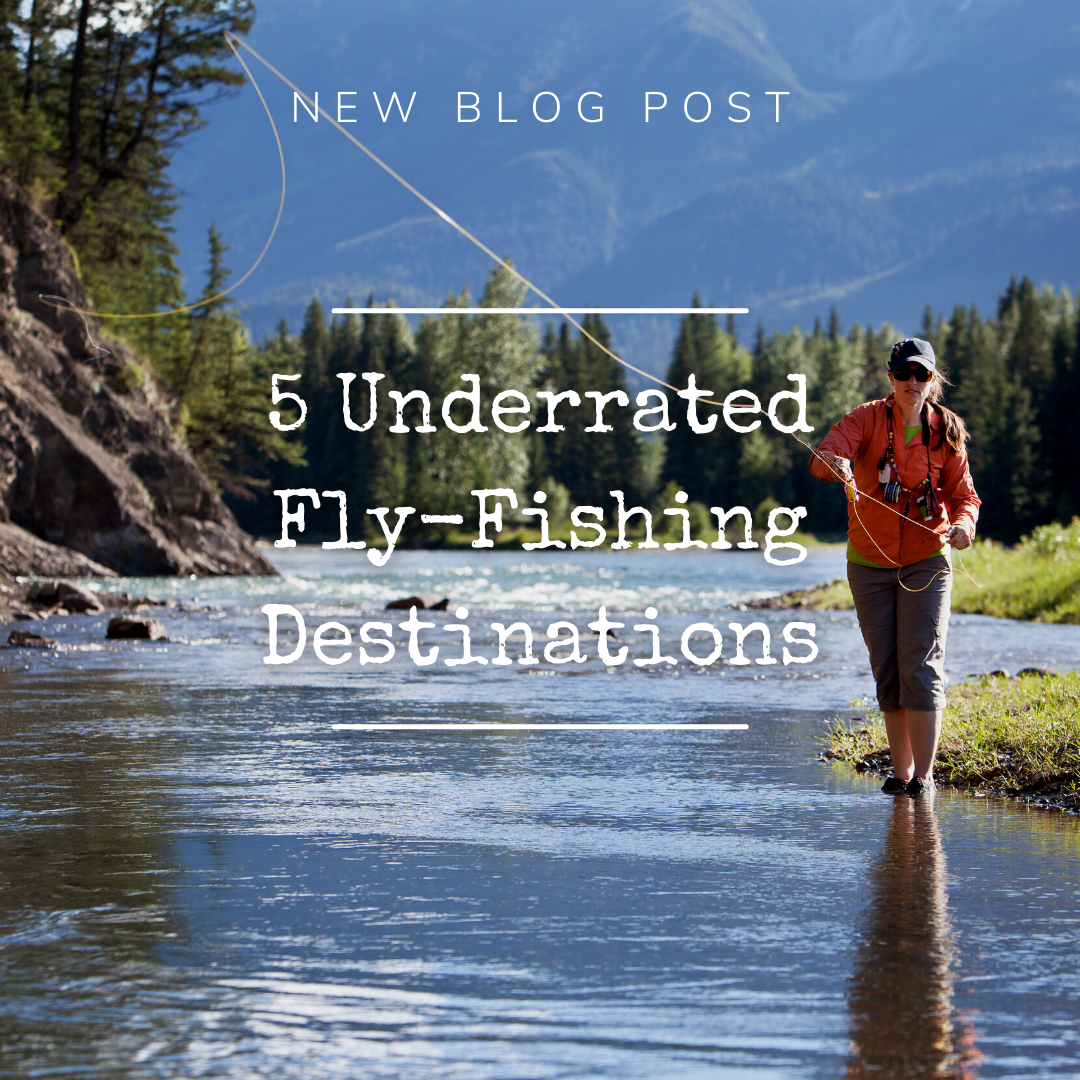
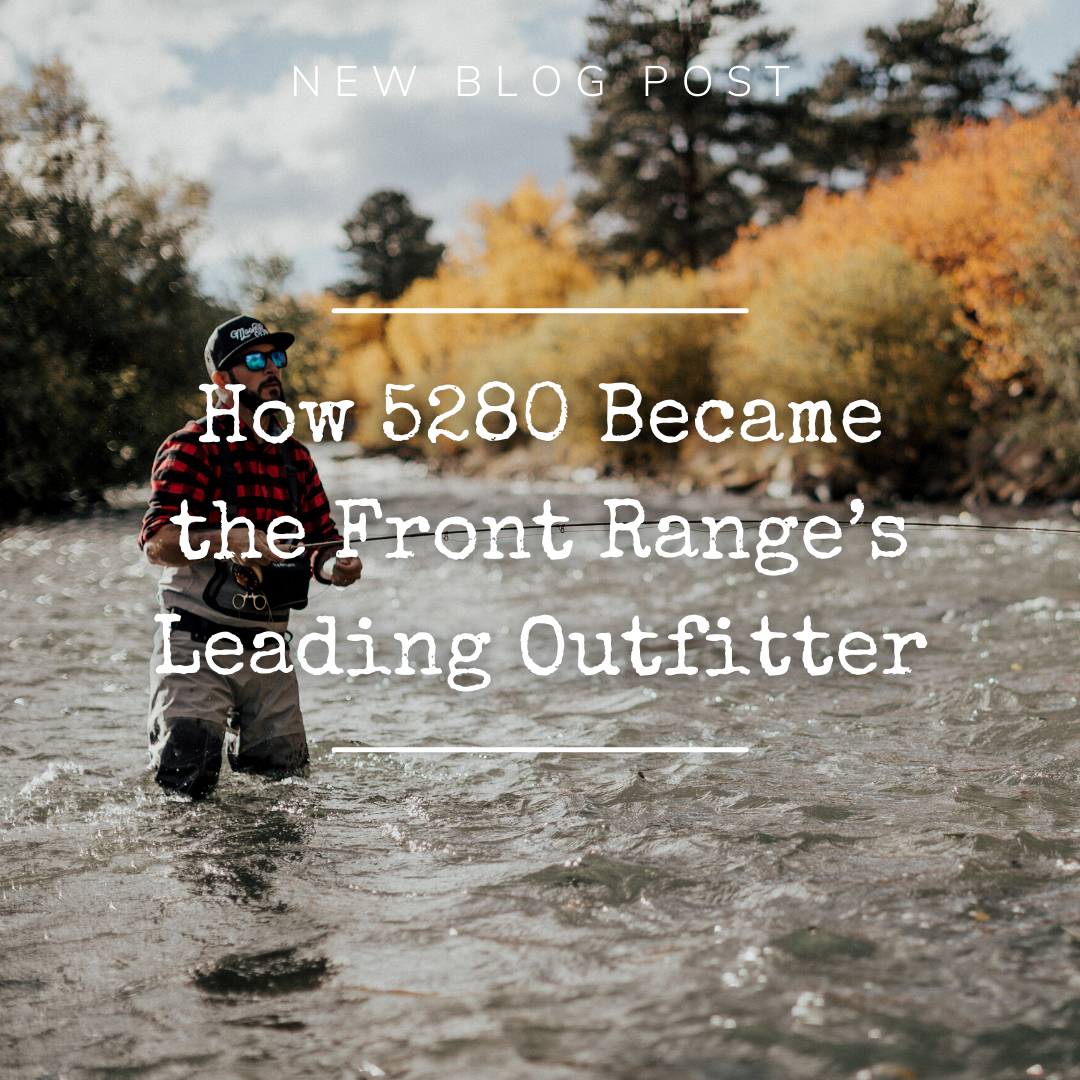
Leave a comment
All comments are moderated before being published.
This site is protected by hCaptcha and the hCaptcha Privacy Policy and Terms of Service apply.